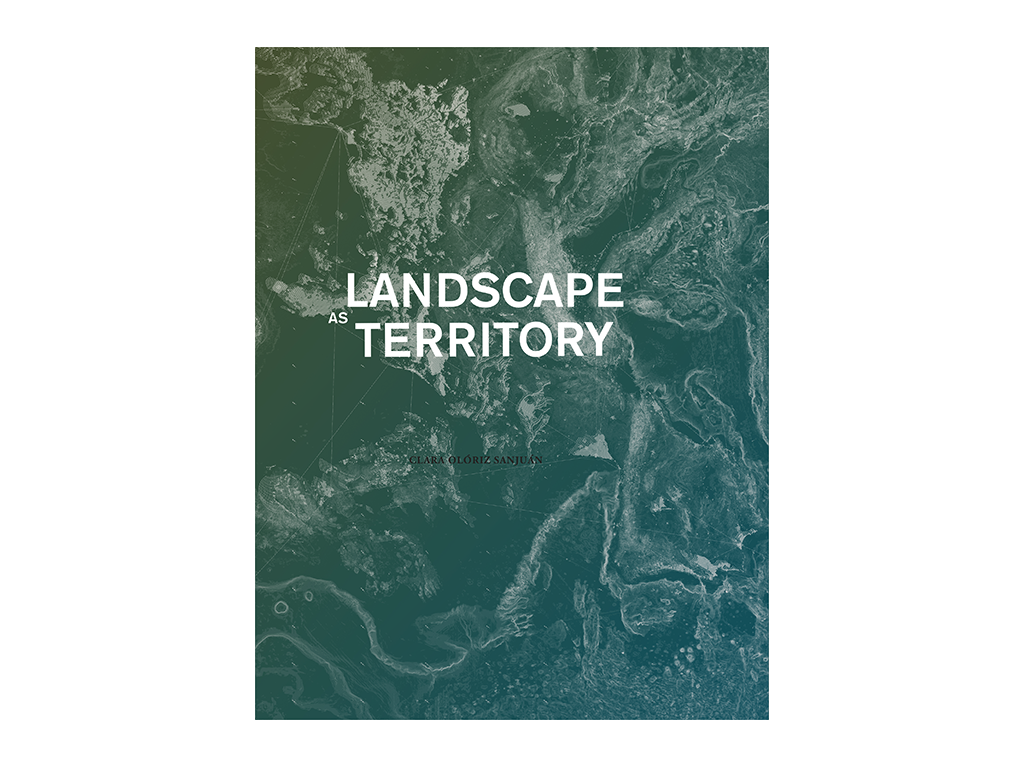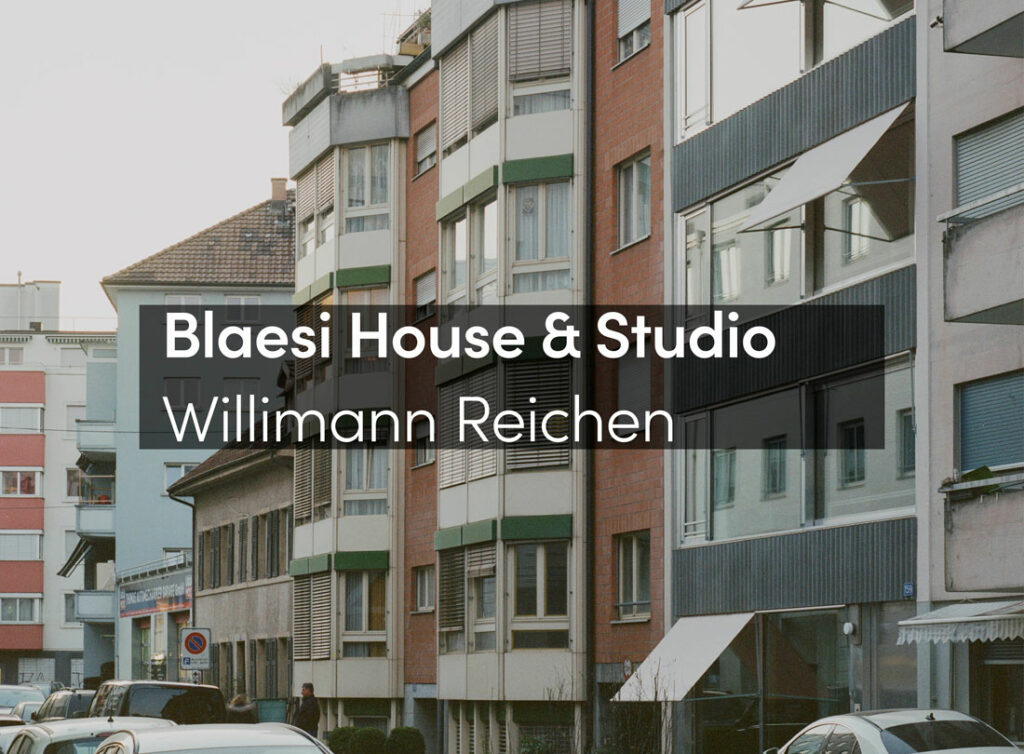An adaptable city is a city capable of managing times of change and keeping up with the speed of its inhabitants. A self-sufficient city is a city that thinks of its life cycles as synchronized with the production of resources.
REVEALING THE LANDSCAPE
The landscape and buildings fix the experience of visiting and dwelling in one unique place.
Thanks to tools such as Google Earth, the global vision of our territory is within our reach. However, this powerful image is not present in the interior of our cities. Walking through the urban centre, we cannot see the place we occupy in the total ecosystem. The city is separated from the landscape by an element unclaimed by any of the agents who built the city: the unplanned pavement.
We propose a city that is built on the foundations of a city-landscape coexistence. We reclaim the presence of the landscape in our everyday life so that it can join the rest of the elements of cultural heritage that we guard as a society, and to activate the need for their care.
However, the landscape has not been destroyed by the advancing city: it waits patiently underneath the pavement. We can grow without substituting; we can grow by adding and leaving be.
1- CIRCULATIONS. Streets, platforms, at a bare minimum for the perfect functioning of the city.
2- BUILDING CITY. Constructions, containers, promotion equipment or public and private management coexist in the territory. Between them, pieces of heritage and ordinary executions of architecture transport through time the tools of culture on which our society operates.
3- CULTURAL LANDSCAPE. Topography, orography, hydrographic characteristics, climate, altitude, latitude and cultural tradition are developments within the biotype of spontaneous growth and of the cultivation characteristics of a place. The landscape geolocalizes a place in the world and at the same time it makes us global citizens. Nature has not disappeared in the landscape; it is waiting in maps and stories and will be reflected in the Plan.
4- PAVEMENTS WITHOUT PLAN. Stop the spontaneous and unplanned growth of pavement.
Gradually reducing their presence in the city and taking advantage of every opportunity for intervention. Removing the pavement, the Plan emerges. Next to the Plan, the landscape appears, and with it the city becomes soft, increasing areas of opportunity, making them transformable and appropriable for everyday activities so they can adapt throughout time.
STACKING URBAN LAND
The current state of the neighbourhood shows tensions between the scales of urban models: the one which was and the one that is yet to come. The project aims for the qualities of both scales to coexist. The stacked plots define the high-density volume that the image of the new
neighbourhood gives, while the interior building developments seek to replicate types of relation and sociability that occurred in the previous city.
The conventional buildings are a result of a superposition of different layers of durability (Stewart Brand), the speed at which each changes is defined by the traditional way of building. The possibility that these buildings can be adapted is costly and excessive. We propose to synchronize the changing times and obsolescence by grouping, on the one hand, the terrain and structure for a longer duration and, on the other, assuming that the installations, envelopes and spatial distributions have the same short-term nature, with soft technology and easy transformability by the users.
Part of the ground that we have given back to the landscape can be stacked in buildings developed by the public sector. With city-like genetics, the building has slabs equipped to act as plots, ready to be developed by individual agents. The powerful skeleton distributes the urban facilities and, at the same time, defines the scale of construction in relation to the neighbourhood, and this will be its main appearance. The heterogeneous programs of houses, house/workshops, shops, businesses, recreational areas, communications, etc., will be located on the slabs/plots. A form of renting or transfer, through open-source construction systems, allows the building to be intervened in by diverse agents and on a small scale, maintaining the vital fabric of local intelligences.
The proposed strategy can coexist with other models of urban development in the neighbourhood. Its intention is therefore not to create aesthetic criteria, but rather to increase the diversity and adaptability by creating a structure that rapidly assimilates the new needs.


















